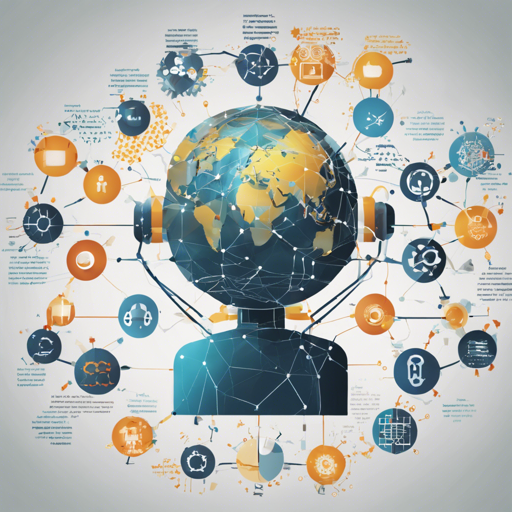Welcome to the exciting world of mGPT—an advanced multilingual variant of GPT-3! This guide will walk you through the setup, provide insights on the pretraining process, and demonstrate how to use mGPT effectively for generating text across several languages. With this powerful model, you can break language barriers and explore the richness of 61 languages. Let’s dive in!
Getting Started: Setting Up Your Environment
Before we jump into the technical details, let’s make sure you have everything you need. Setting up your environment to run mGPT is as easy as pie.
- First, ensure you have a Python environment ready.
- Next, navigate to your project directory and create a requirements file if you don’t have one.
- Then, run the following command to install all necessary dependencies:
pip install -r requirements.txtWith that done, you’re ready to start training or using mGPT!
Understanding the Pretraining Data
Just as a chef gathers the finest ingredients before cooking, mGPT is pretrained on a rich dataset comprising 600 GB of texts. The primary sources include:
The data is filtered and deduplicated to ensure that mGPT learns from the best and most relevant texts. This meticulous process includes using 64-bit hashing techniques that help in identifying unique texts in the dataset. The training focuses on avoiding redundancy and ensuring high-quality learning.
Using Transformers to Generate Text
After setting up, let’s harness the power of transformers to generate text. Here’s a simple analogy: think of the tokenizer as a translator that converts your meaningful phrases into a language that the model understands. The model itself is like a skilled storyteller that takes that information and creates coherent narratives.
Below is the code for using mGPT to generate text:
from transformers import GPT2LMHeadModel, GPT2Tokenizer
tokenizer = GPT2Tokenizer.from_pretrained('sberbank-aimGPT')
model = GPT2LMHeadModel.from_pretrained('sberbank-aimGPT')
text = "Александр Сергеевич Пушкин родился в"
input_ids = tokenizer.encode(text, return_tensors='pt').cuda(device)
out = model.generate(
input_ids,
min_length=100,
max_length=100,
eos_token_id=5,
pad_token=1,
top_k=10,
top_p=0.0,
no_repeat_ngram_size=5
)
generated_text = list(map(tokenizer.decode, out))[0]
print(generated_text)
This code snippet sets up the tokenizer and model, then generates text based on the input phrase about Alexander Pushkin. You start with a piece of text, and the model continues the story from there!
Choosing the Best Parameters
Adjusting your generation parameters can greatly influence the output. Think of these settings as the temperature setting for your oven, which can affect how your dish turns out. Here are some recommended parameters:
- min_length: 100
- eos_token_id: 5
- pad_token: 1
- do_sample: True
- top_k: 0
- top_p: 0.8
- no_repeat_ngram_size: 4
Fine-tuning these parameters based on your needs will yield different and often improved results.
Troubleshooting Tips
If you encounter any issues during setup or usage, consider the following troubleshooting steps:
- Ensure you have the correct version of Python installed.
- Verify that all dependencies in requirements.txt have been successfully installed.
- Check your internet connection; sometimes, the model files need to be downloaded, which requires a stable internet connection.
- If generating text results in errors, review the input prompt for any unusual characters or formatting.
For more insights, updates, or to collaborate on AI development projects, stay connected with fxis.ai.
Supported Languages
mGPT embraces a plethora of languages—from Afrikaans to Vietnamese! This makes it highly versatile. Here’s a quick list of some of the supported languages:
- Afrikaans
- Arabic
- Belarusian
- Bengali
- English
- Spanish
- Russian
- and many more!
Conclusion
At fxis.ai, we believe that such advancements are crucial for the future of AI, as they enable more comprehensive and effective solutions. Our team is continually exploring new methodologies to push the envelope in artificial intelligence, ensuring that our clients benefit from the latest technological innovations.
By following the steps outlined in this guide, you’re well on your way to leveraging the extraordinary capabilities of mGPT. Get creative with multilingual text generation and explore the vast array of languages mGPT has to offer!

